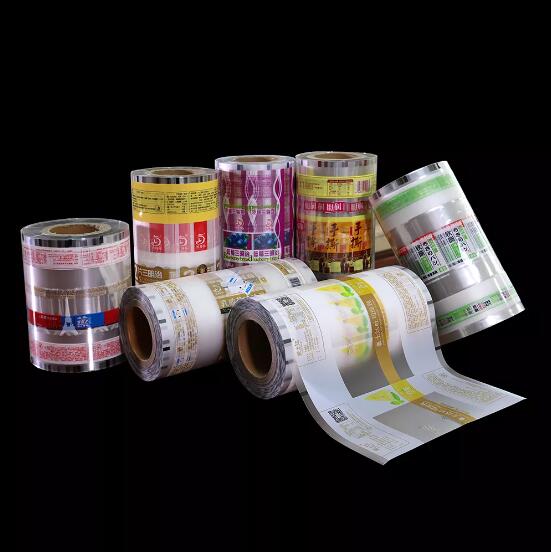Demystifying Polypropylene Film: Production Process and Applications
2024-03-06
Polypropylene film, often referred to simply as PP film, is a versatile and widely used material in the packaging industry. With its excellent mechanical properties, high clarity, and resistance to moisture and chemicals, polypropylene film has become a preferred choice for a variety of packaging applications. In this blog, we'll explore what polypropylene film is, how it's produced, and its diverse range of applications across different industries.
Understanding Polypropylene Film:
Polypropylene (PP) is a thermoplastic polymer that is derived from propylene monomers. It is known for its exceptional strength, flexibility, and resistance to heat, moisture, and chemicals. Polypropylene film is a thin, flexible sheet made from polypropylene resin through a process called film extrusion.
Production Process:
The production of polypropylene film involves several steps, including resin preparation, extrusion, orientation, and finishing:
1. Resin Preparation: The process begins with the preparation of polypropylene resin pellets. The resin pellets are typically compounded with additives such as stabilizers, antioxidants, and colorants to enhance their performance and appearance.
2. Extrusion: In the extrusion stage, the polypropylene resin pellets are melted and formed into a continuous molten sheet using an extruder machine. The molten polypropylene is then extruded through a flat die to create a thin, uniform film.
3. Orientation: After extrusion, the polypropylene film undergoes a process called orientation to improve its mechanical properties. Orientation can be achieved through stretching the film in both the machine direction (MD) and transverse direction (TD) using specialized equipment such as tenter frames or biaxial stretching machines. This stretching process aligns the polymer chains within the film, increasing its tensile strength, clarity, and dimensional stability.
4. Finishing: Once the film has been oriented, it may undergo additional finishing processes to enhance its properties or add specific features. These processes may include corona treatment to improve surface adhesion, coating to provide barrier properties, or printing to add branding or labeling information.
Applications of Polypropylene Film:
Polypropylene film finds a wide range of applications across various industries due to its versatility and excellent properties. Some common applications include:
1. Flexible Packaging: Polypropylene film is used extensively in flexible packaging applications such as food packaging, snack packaging, and pouches. Its excellent moisture barrier properties help to preserve the freshness and shelf life of packaged products.
2. Labeling and Graphics: Polypropylene film is an ideal substrate for labels, stickers, and graphics due to its smooth surface, high clarity, and printability. It is commonly used in labeling applications for bottles, containers, and packaging boxes.
3. Lamination: Polypropylene film is often used as a lamination layer in multilayer packaging structures to provide additional barrier properties, strength, and stiffness. It can be laminated to other materials such as paper, aluminum foil, or other films to create composite structures for flexible packaging.
4. Industrial Applications: Polypropylene film is used in various industrial applications such as shrink wrapping, pallet wrapping, and protective packaging. Its high strength and tear resistance make it suitable for heavy-duty packaging requirements.
5. Healthcare and Medical Packaging: Polypropylene film is used in healthcare and medical packaging applications such as sterile barrier packaging, medical device packaging, and pharmaceutical packaging. Its inertness and compatibility with sterilization methods make it ideal for critical applications requiring high levels of hygiene and safety.
In conclusion, polypropylene film is a versatile and widely used material in the packaging industry, known for its exceptional properties and diverse range of applications. From flexible packaging and labeling to industrial and healthcare applications, polypropylene film plays a vital role in preserving product integrity, enhancing shelf appeal, and meeting the needs of consumers across various industries. With its continued innovation and advancements, polypropylene film remains a preferred choice for packaging solutions worldwide.



